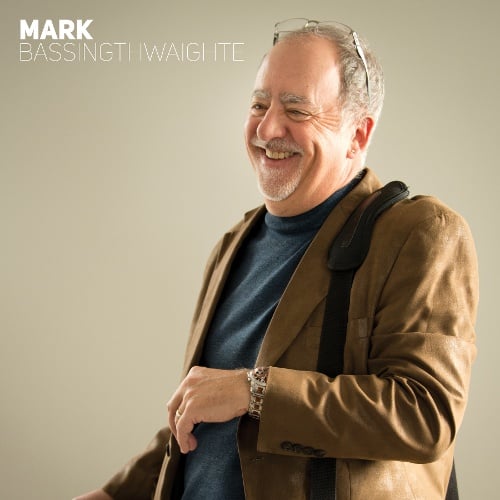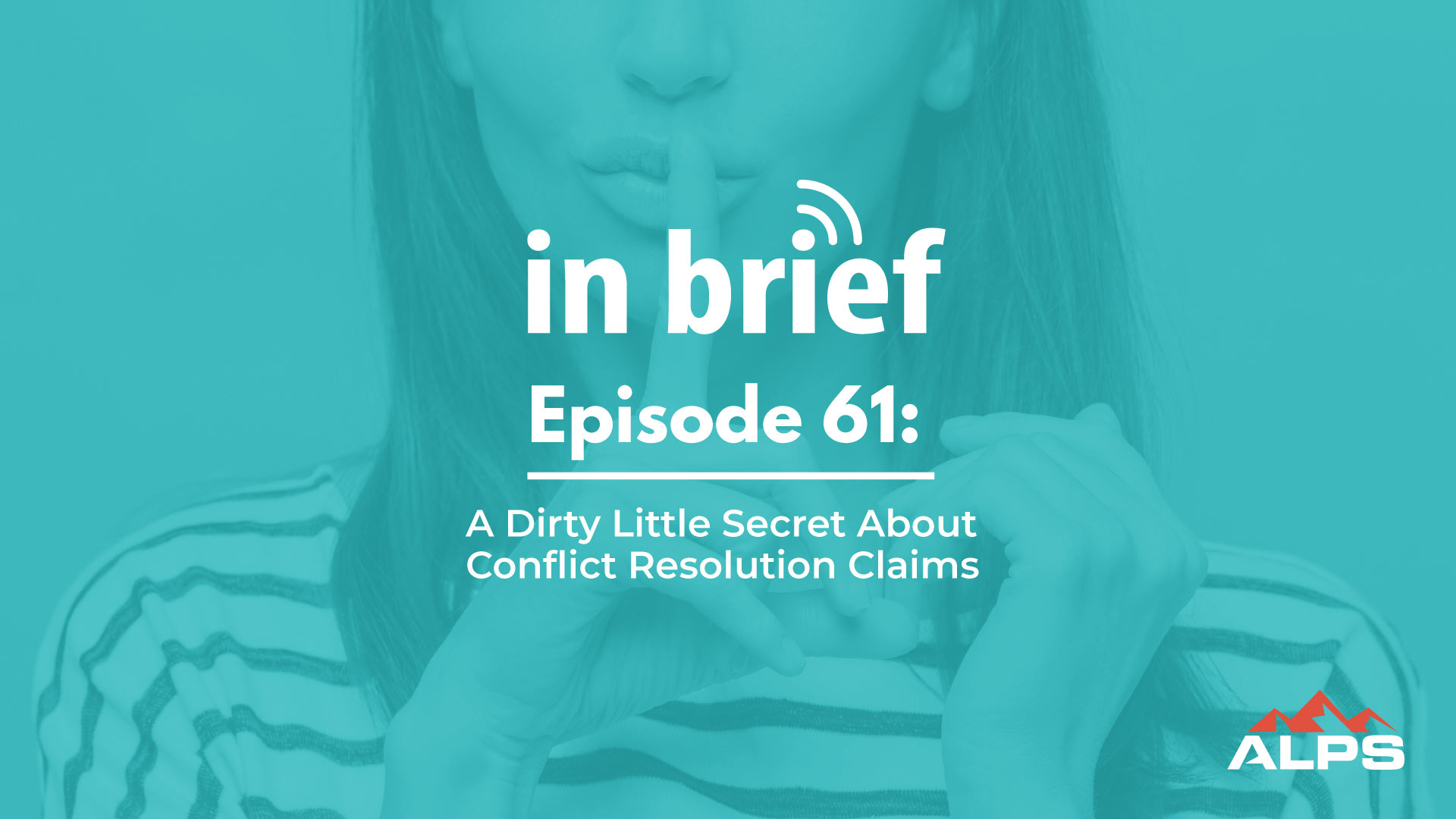2 min read
File Storage and a Hidden Conflict Trap
Some will find it difficult to swallow; but there may be potential conflict traps hiding somewhere on your network, particularly if you practice at...
We've crafted solutions tailored to your firm
The world of insurance for law firms can be confusing, and difficult to navigate. We've created this glossary because these common insurance terms should be easy to understand.
2 min read
 Mark Bassingthwaighte, Risk Manager
:
Updated on February 18, 2025 | Posted on December 7, 2017
Mark Bassingthwaighte, Risk Manager
:
Updated on February 18, 2025 | Posted on December 7, 2017

I’ve taken numerous calls over the years from attorneys seeking assistance as they try to work through a conflict situation. These are the calls that both challenge and fascinate me the most because of how complex and convoluted some of the fact patterns can get. In light of this, I thought it would be prudent to share a little advice on one particular conflict resolution misstep lawyers sometimes make with RPC 1.9, the past client rule.
Let’s start with a fact pattern. Nine years ago, Attorney Smith defended a prosecutor in an ethics probe. Three years later, Smith was enticed to leave her firm and join the Parker & White firm. Attorney Parker, one of Smith’s new partners, has just been asked by the city, a long-term client of the firm, to defend the city in a gender discrimination suit. The employee suing the city happens to be the prosecutor Smith represented nine years ago. Can Parker accept the new matter?
At the outset, let’s assume that as part of her file closing process nine years ago, Smith sent a closure letter to the prosecutor because if that never happened there could be an argument that the prosecutor remains an inactive current client and we’d need to review RPC 1.7, the current client rule. However, with documentation in place that the prosecutor is a past client, RPC 1.9 becomes the relevant rule.
When I think about Rule 1.9, paragraphs (a) and (b) are the sections most of us readily recall. Thus, it’s tempting to look at the this fact pattern and conclude that even though the situation involves the same person, the same employee, and the same position there’s no conflict because a gender discrimination suit and an ethics probe are not the same matter nor are they substantially related matters; but you can’t stop here believing this is all Rule 1.9 has to say. Doing so ignores the fact that because this fact pattern involves the same person, same employee and same position, Rule 1.9(c) must also be taken into consideration. Rule 1.9(c) makes it clear that Smith would be prohibited from using information relating to or gained during her prior representation to the disadvantage of her former client. Forgetting about Rule 1.9(c) is the misstep of concern.
This means the answer to the question raised above is maybe. Smith would first need to review her old file to see if any information was learned that could be used to her past client’s disadvantage. If the answer is yes, Parker cannot represent the city. I know that it’s Parker and not Smith who would be defending the city, but the information Smith has will be imputed to her new partner under RPC 1.10, the imputation of conflicts rule. Yes, this conflict is waivable; but I also suspect few, if any, past clients would agree to waive it.
It should come as no surprise that I chose to discuss this fact pattern because it’s real. Learn from the missteps of others. The real firm, which agreed to represent the city believing there was no conflict, ended up being disqualified by the judge. Always remember there’s more to Rule 1.9 than the question of whether past and current matters are the same or substantially related. Rule 1.9 also requires you to think about what you know, to include any information that is in your closed files that you may have long since forgotten about.
In closing, I can anticipate that after reading this some of you might be thinking “why is he making such a fuss over this.” Here’s one reason why. Malpractice claims alleging a conflict of interest have been a serious concern for insurers for years. The primary reason is that conflict claims can get expensive fast, if for no other reason than they often boil down to a greedy attorney putting his or her financial interests above the interests of someone else. That’s problematic, especially if a jury gets involved. In short. never let money drive ethics. That’s just asking for trouble.
Since 1998, Mark Bassingthwaighte, Esq. has been a Risk Manager with ALPS, an attorney’s professional liability insurance carrier. In his tenure with the company, Mr. Bassingthwaighte has conducted over 1200 law firm risk management assessment visits, presented over 600 continuing legal education seminars throughout the United States, and written extensively on risk management, ethics, and technology. Mr. Bassingthwaighte is a member of the State Bar of Montana as well as the American Bar Association where he currently sits on the ABA Center for Professional Responsibility’s Conference Planning Committee. He received his J.D. from Drake University Law School.

2 min read
Some will find it difficult to swallow; but there may be potential conflict traps hiding somewhere on your network, particularly if you practice at...

4 min read
I’ve always been curious about why some attorneys never take the time to make sure that at least the name of every declined prospective client makes...

8 min read
ALPS Risk Manager Mark Bassingthwaighte shares the illuminating story of a law firm, their longstanding wealthy client who couldn’t close the deal...